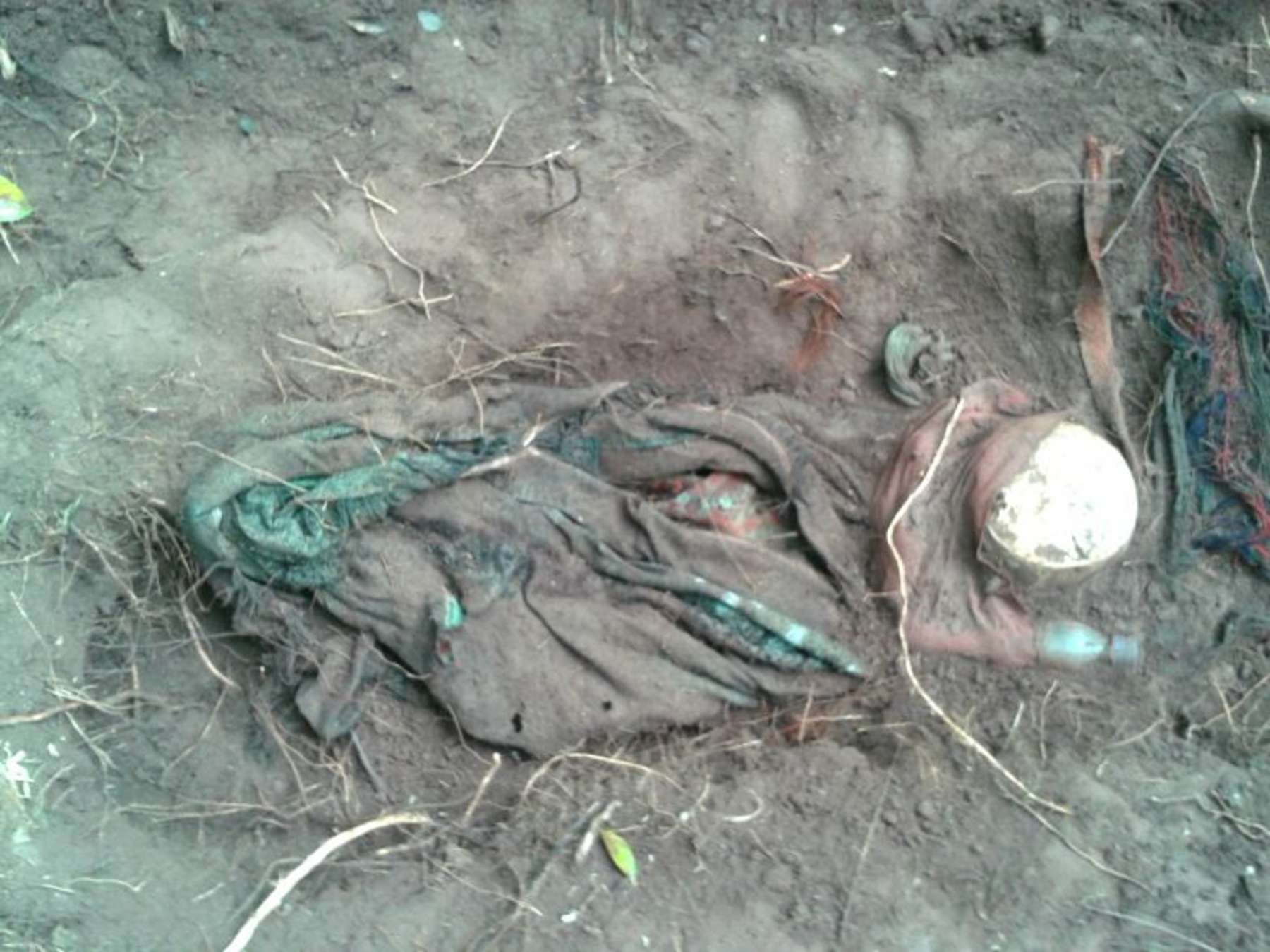Peru’s largest mass grave reveals hundreds of murdered Asháninka Indians
June 19, 2014

This page was created in 2014 and may contain language which is now outdated.
The largest mass grave in Peru has been uncovered by a team of government investigators, in the ancestral land of Asháninka Indians in the jungle in central Peru.
The grave contains the remains of around 800 people, the majority believed to be Asháninka and Matsigenka Indians.
The Indians were decimated in a violent conflict between Maoist guerrillas known as ‘The Shining Path’, and counter-insurgency forces in the 1980s.
Around 70,000 people are estimated to have died or disappeared during the insurgency.
Bodies from several other mass graves in Asháninka territory are currently being exhumed.
The Asháninka have survived centuries of intense conflict since their land was first invaded by the Spanish in the 16th century.
In 1742, the Indians successfully defeated the Spanish, in a revolt which closed off a large part of the Amazon for a century.
Today, their land is under threat from oil and gas projects, hydroelectric dams, drug trafficking and deforestation.
A few small groups of Shining Path rebels remain active, mostly confined to the Ene and Apurimac rivers (which form part of the Asháninka’s homeland).
Asháninka leader Ruth Buendía was this year presented with the prestigious Goldman Environmental Prize for her work against the Pakitzapango Dam.
The dam was one of six hydroelectric projects planned under an energy agreement between Brazil and Peru, and would have forced thousands of Asháninka from their homes.
In 2011, Buendía and her organization CARE succeeded in getting the dam suspended through legal action.
See Survival’s picture gallery of the Asháninka tribe here.
